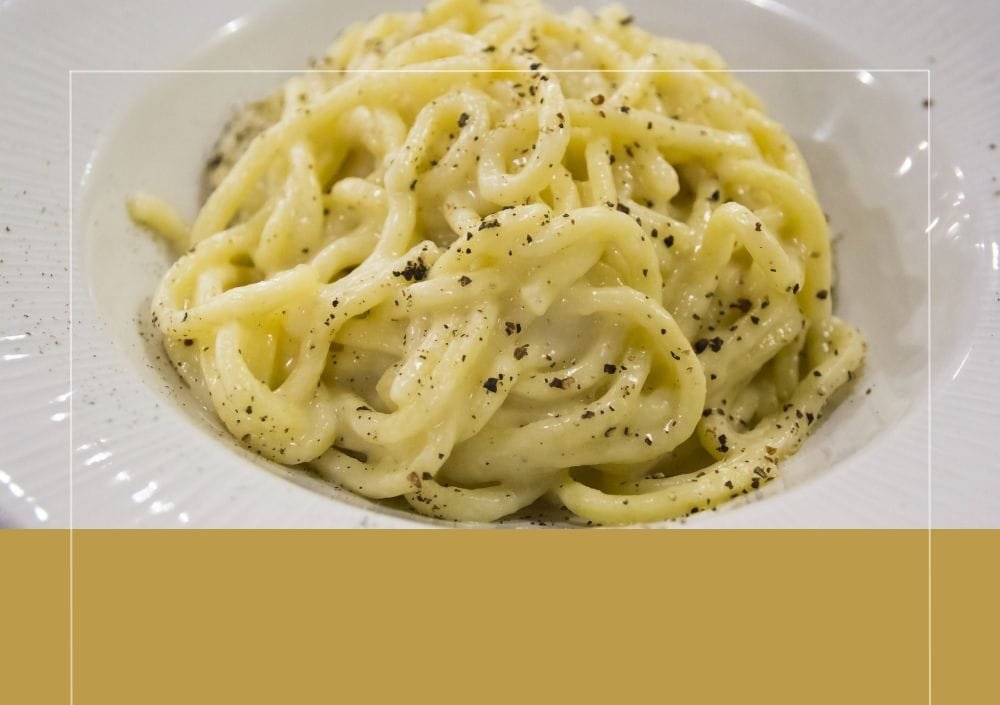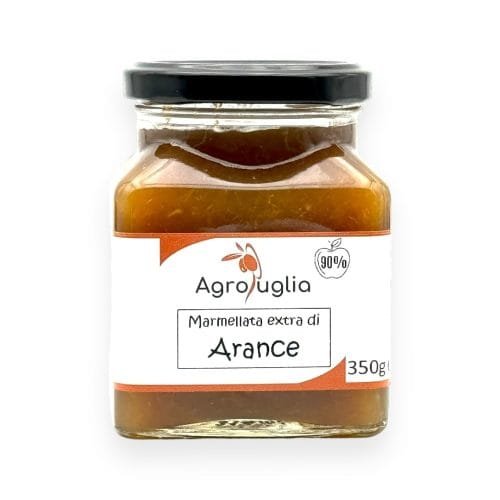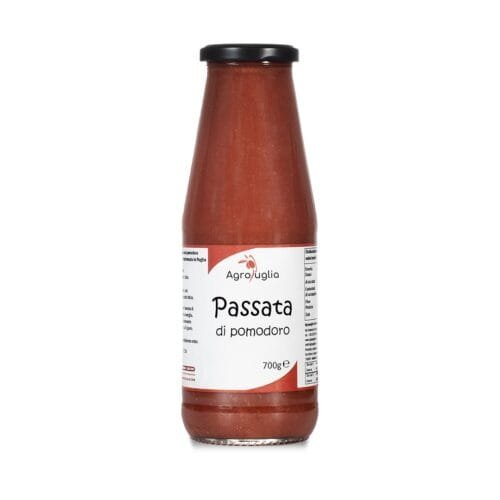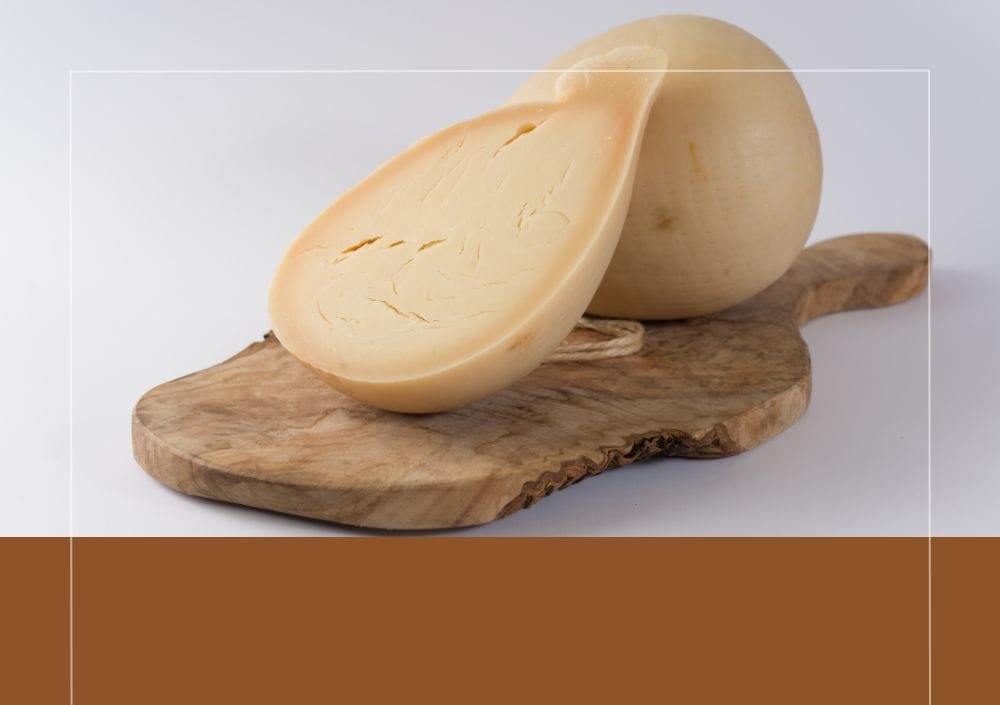At the heart of Italian cuisine, spaghetti cacio e pepe is a simple and delicious dish, loved for its simplicity and depth of flavor. Originating from Rome, it represents the essence of Italian cooking: quality ingredients combined with skill to create an unforgettable taste experience.
Origins and History of Pasta Cacio e Pepe
Spaghetti cacio e pepe has ancient roots, dating back to the Roman Empire. The shepherds of Lazio, during their long transhumances, needed nutritious and easy-to-prepare dishes. Thus, cacio e pepe was born, made of dry pasta, pecorino romano, and black pepper. These ingredients were ideal: the pecorino, aged and rich in protein, the black pepper, a precious warming spice, and the pasta, a source of energy.
Tradition and Legends
Cacio e pepe is a dish rich in traditions and legends. It is said that, originally, the shepherds prepared it without the pasta cooking water, using only cheese and pepper mixed with hot pasta.
One legend tells of a Roman gladiator who, after a long and difficult battle in the arena, returned to his small home in the alleys of Rome, hungry and tired. He didn’t have much in his pantry: just a piece of pecorino, a few grains of pepper, and some dry pasta. He took these ingredients and, in a gesture of desperation mixed with culinary genius, created the first dish of cacio e pepe. The simple yet tasty combination gave him the strength to face other battles, and soon the dish became popular among his fellow gladiators.
There is also a legend linking cacio e pepe to an ancient monastery located in the Roman hills. The monks, known for their hospitality, often welcomed hungry pilgrims. One day, a particularly grateful pilgrim, said to be an old herbalist, showed the monks a special way to prepare a simple dish using pepper and cheese. This dish became the cacio e pepe we know today, and the monks prepared it for centuries, jealously guarding the recipe.
The Recipe for Spaghetti Cacio e Pepe
Making the perfect pasta cacio e pepe requires attention to achieve the creamy consistency that characterizes this dish. Here is the traditional recipe:
Ingredients for 4 people:
- 320 g of spaghetti or tonnarelli
- 150 g of grated pecorino romano
- 1 heaping teaspoon of black peppercorns
- Coarse salt to taste
Preparation:
- Cooking the pasta: Fill a pot with plenty of water and bring it to a boil. Lightly salt it. Cook the pasta al dente, reserving some of the cooking water.
- Preparing the pepper: Crush the peppercorns in a mortar and lightly toast them in a large pan. This step enhances the pepper’s aroma.
- Making the cacio e pepe cream: In a large bowl, mix the grated pecorino romano with some of the pasta cooking water. Add the water a little at a time, stirring continuously, until you get a smooth cream.
- Combining pasta and sauce: Drain the pasta and add it to the pan with the toasted pepper. Add the pecorino cream and quickly mix off the heat. If necessary, add more cooking water to achieve the right creaminess.
- Serving: Serve the pasta cacio e pepe immediately, sprinkling with pecorino romano and freshly ground black pepper.
The Magic of Flavor
The magic of pasta cacio e pepe lies in its simplicity. Every bite is an explosion of flavors: the savoriness of the pecorino romano blends with the spiciness of the black pepper, creating a perfect balance. This dish shows how Italian cuisine can highlight the quality of its ingredients.
Conclusion
Pasta cacio e pepe is a journey through Roman history and tradition. It is a celebration of simple yet refined cooking, capable of transforming common ingredients into a masterpiece of taste. Prepare it with love and dedication, and let each forkful take you back in time, through the streets of Rome and the green hills of Lazio, where it all began.
Enjoy your meal!



















